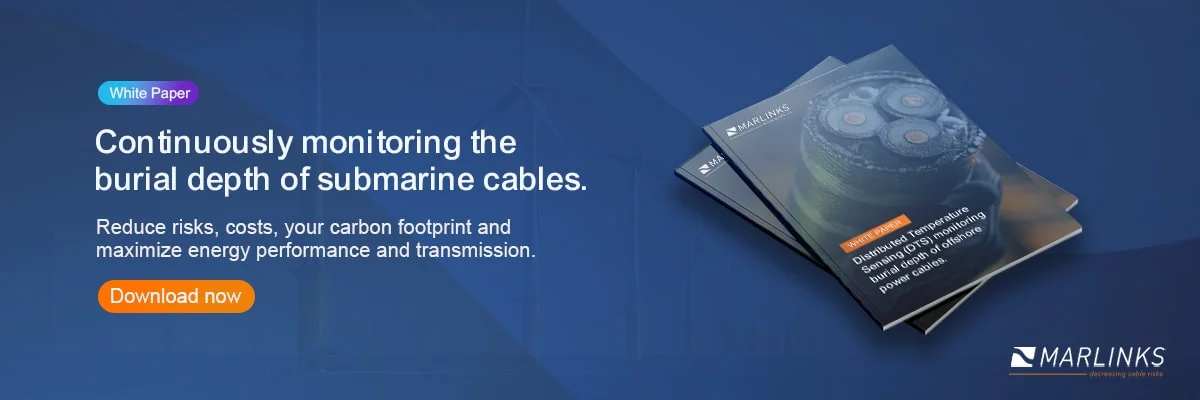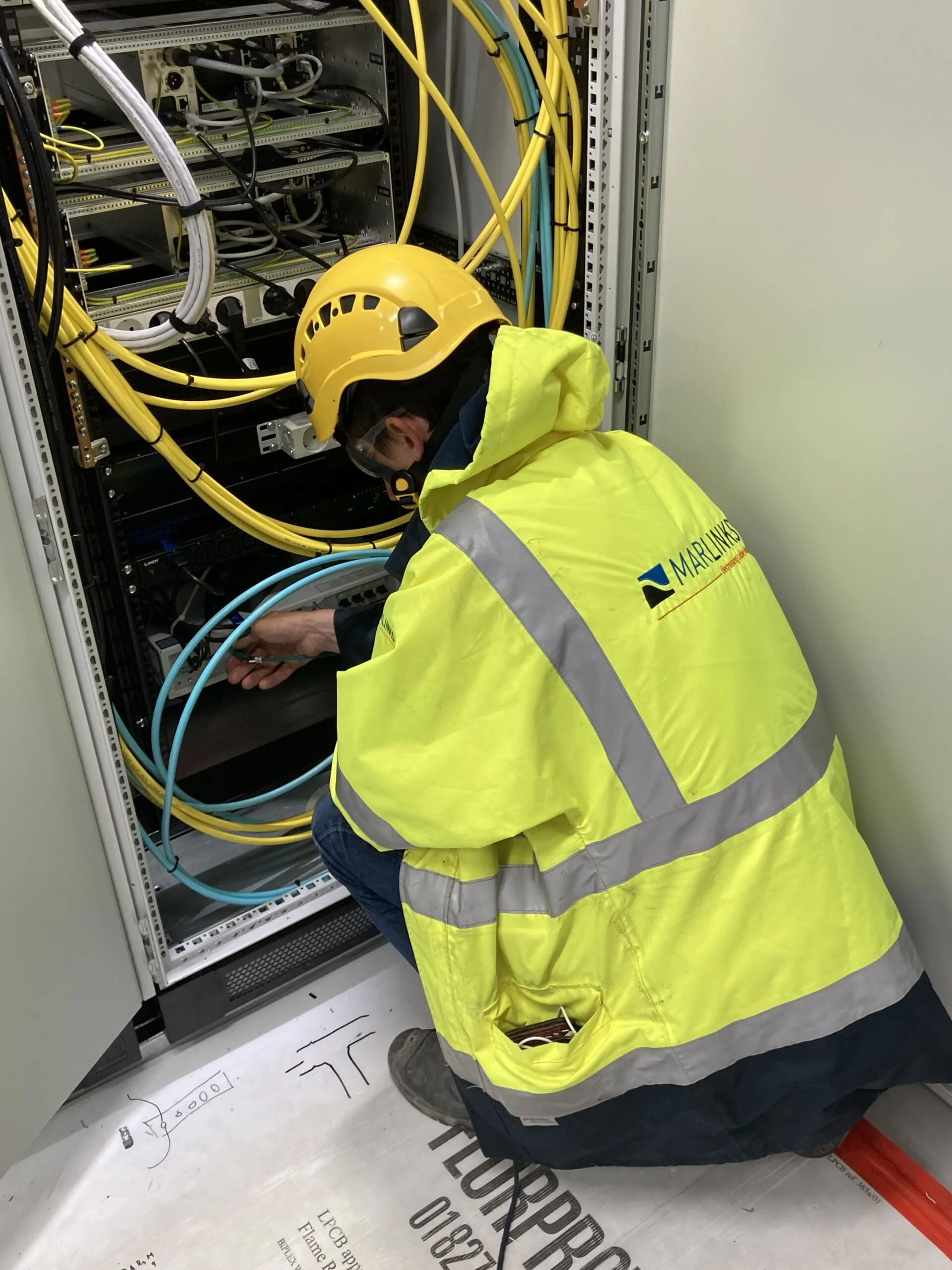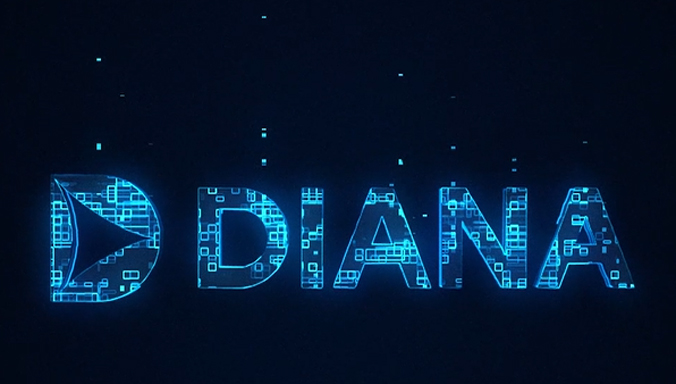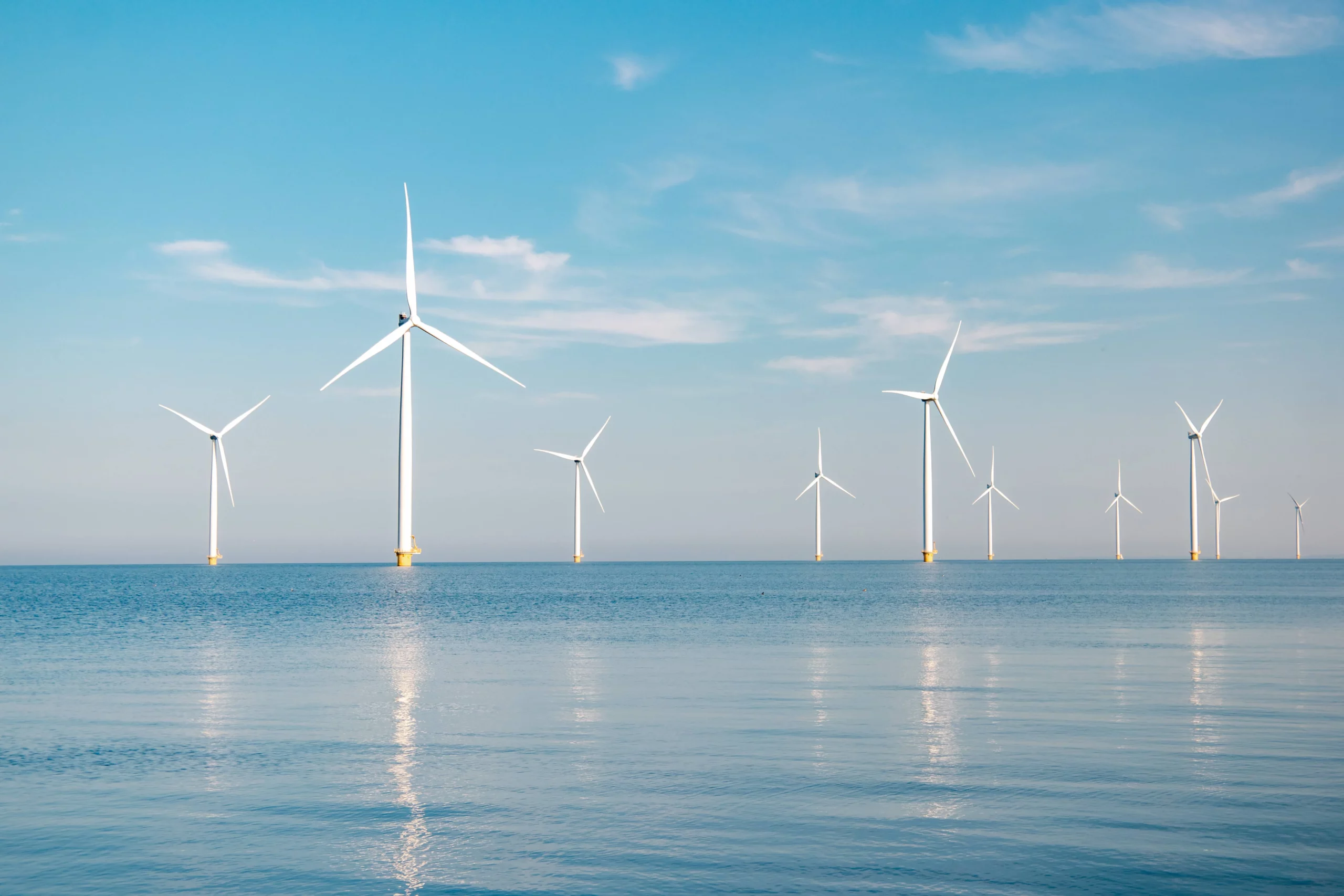UK Brand Ambassador, Andy shares some last thoughts before going into retirement.
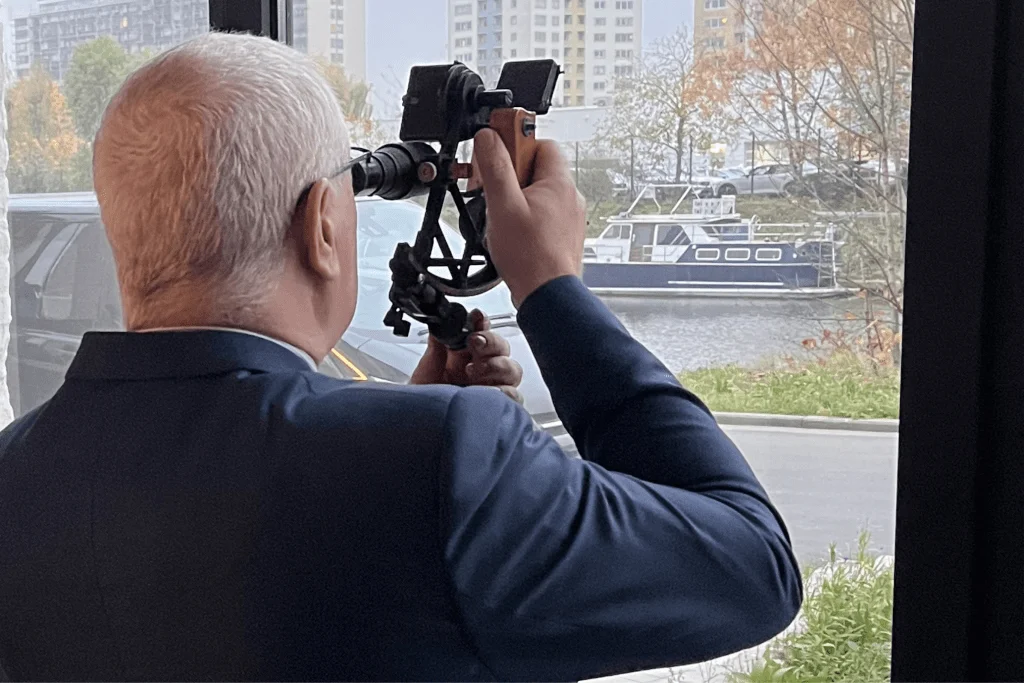
For those who frequently participate to offshore wind conferences, it can feel like it’s a small world out there. Bumping into the same people over and over again in different conferences in different countries might indeed sound like the déjà vu you’ve also come across.
One of those people who everyone enjoys bumping into and having a drink with at conferences is Andy Readyhough. Our UK brand ambassador has seen the offshore wind market evolve from its early stages and left a considerable mark on the whole industry. However, to all great stories come an end, and every protagonist deserves some rest time as well. By means of this article we would like to share with you that Andy will enjoy his retirement as from 2023. You’ll be missed as part of the Marlinks team! As a great ambassador, Andy still had a few key takeaways to share with us and with our dear readers.
Offshore wind has been overpromised before, but in our current context, it is destined to be a major source of (renewable) energy.
Back in 2005 I was reviewing offshore wind farms as part of role for my employer at the time; there was a high degree of excitement in the industry. We were at the pioneering stage in the UK and bigger wind farms were just getting announced. Back then, the goal was to have 20GW of offshore wind by 2020. A highly ambitious target that was always going to be a challenge to achieve. Here we are at the end 2022 with a current offshore capacity of around 14 GW with some 8 GW under construction. Everything got slowed down because the actual capability to construct wind farms was not there yet, the supply chain was not yet ready which brought us behind schedule. That being said, the UK has lifted its aspiration to have 50GW of offshore wind generation by 2030. This makes sense in our current geopolitical situation in the UK, having seen the energy prices rise due to the dependency of natural gas. To give you an idea, today (dd. 19 Dec 2022) our energy supply consists of 20% gas and 49% wind, it seems to be a windy day! However normally gas is still the predominant form of energy, and we need to change this dependence on high priced hydrocarbon energy sources to bring down the costs of electricity. Furthermore, offshore wind will catalyze other renewable technologies such as hydrogen, enabling hydrogen to be produced in a fully renewable – green – way.
We are seeing that on a global level, countries are ramping up their offshore wind capacity. Wind is starting to get traction in the Mediterranean, the US, Vietnam, South Korea and will start in Australia soon. Of course China will only keep on going along with the established markets in North West Europe and Taiwan.
Technological disruptions in the offshore wind are necessary but also create risks for the supply chain in view of adaptation and strategy setting.
To give you an example of what I mean here, let’s have a look at the size of generators in the offshore wind industry. Back in the earliest days of offshore windfarms the maximum capacity of a generator was only 0.5MW per generator, over the years this has steadily increased to 15MW and will reach 20MW in the near future. The size of the generator has been increasing rapidly over the ensuing years, and this is great but it also leaves challenges for installation, for example we will need larger and higher offshore structures to accommodate these huge turbine generators. To service the installation of this large offshore infrastructure requires construction vessels that are built for around 25 years design life, if the offshore structures continue to increase in size the current fleet of construction vessels may be come redundant before their anticipated life span.
Another example is the shift from bottom fixed to floating wind farms. Floating will happen further offshore in more harsh environmental conditions. We will need substations that are able to operate in those conditions as well as subsea cables that can bear with the longer distance to shore and with associated challenging seabed conditions. We are looking at changes from AC to DC cables and static to dynamic cables. We are also looking at more and more interconnectors which are able to transfer electricity from areas with high energy supply to areas with high energy demand. Fortunately on a cable laying vessel this will not necessarily mean new vessels are needed as technology advances, since the principle of the cable laying remains predominantly the same, but in view of amount of submarine cables to be installed in the coming years the supply of submarine power cable installation and repair vessels is likely to be challenged to meet the demand expectations. Operators of wind farms want to monitor their subsea cables continuously to manage risks for their transmission systems.
Going from “we have always done it this way” to “we don’t always have to do it this way”.
Continuing on the last topic, needlessly to say, I am a huge advocate for condition based monitoring. In the past we have only been doing surveys at regular intervals to check upon the burial of depth or exposure of submarine cables. However the industry and technology are moving forward, and developers should not be afraid to embrace new technologies. I believe there’s a role to play for both conventional survey techniques and innovative technologies such as Marlinks’ continuous health monitoring of subsea cables.
We need to nurture talent to be able to carry the offshore wind transition.
I believe the offshore wind market will be expanding at least until 2050, and our existing talent pool but will also retire over time. Some companies already have talent programs in place, other companies will prefer to poach. Personally I like the idea of apprentices in the offshore wind industry for those who prefer a vocational training. When I joined BP as a young lad there was a great program to become a deck officer, sadly this format of training has fallen away somewhat. The industry needs to nurture talents and in my opinion this is somewhat lacking in the offshore wind sector. Today, it seems to me standard practice to get a university degree before engaging with the work place. Yet young graduates who enter the offshore wind market often feel underpaid when they start their career because of a mismatch in expectations with reality. I think there’s too much emphasis on degrees, where as an apprentice you’re paid to learn, at the worksite, mentored by experienced personnel through vocational training rather than the more formal academic approach.
On a short term, the next steps for the offshore wind are clear.
For the upcoming two to five years, there’s a clear understanding of the way the industry will go. Zones have been allocated and developers are aware of the next steps. There’s a good focus. What we’ll be seeing now is that developers will start signing up their supply chain. The challenge for the supply chain will be to take into account the risks in their pricing for activities that are only planned in 2 to 5 years and to still make margin. We have started to see companies withdraw from offshore wind and other companies consolidating. A risk I see is that the supply chain might withdraw if there keep on being delays and they can’t make the margins needed to sustain the company’s viability. On the bright side, floating wind technology will be able to rely on the knowledge built up in oil & gas since both have similar technologies used.
Overall, there’s a lot to look forward to. But as for now, it is time for me to step back and retire from the industry, my time is done, new talent is coming through and after 45 years of maritime exposure it’s time for me to swallow the anchor and enjoy my time waxing lyrical on a thoroughly enjoyable career offshore and in the latter years as part of the great renewable energy transition.
Learn more about Marlinks.
Are you an insurer or are you responsible for the health of submarine cables? Let’s have a chat at sales@marlinks.com and we will be happy to help you.
